NRF 2025: Retail’s Big Show Europe preview - Jack Stratten flags four key in-store innovation trends
Physical retail is a hotbed of innovation - not just in terms of the tech used or the products on offer, but in the actual role that the store is playing in a retailer’s strategy.
Across the world, these are the key innovation trends shaping the future of the physical store, which I’ll be exploring further on a retail safari at NRF Paris, sponsored by AWS and Jumpmind.
1. The store as a marketing channel
More brands and retailers are starting to respect the power of the physical store as a marketing and content creation channel that can drive sales and customer acquisition online.
The mass adoption of pop-up stores is a key indicator of this, alongside the investment into ‘showroom’ spaces that are all marketing and no sales.
Likewise, some brands are combining marketing and selling in their physical stores by creating stores that look good in photos and videos while they sell.
Walking into these stores is like stepping into an immersive advert which consumers want to take pictures of and share - essentially amplifying it. And there’s real world value in this.
For a brand like Kith, there’s value in someone visiting its Treats bar, buying an ice cream and posting a picture online, just like there’s value in someone buying an expensive pair of shoes.
The reason for this is simple - it’s more expensive and harder than ever to get brand online content in front of people’s eyeballs. At the same time, we’re told that consumers need to see a brand or advert up to seven times before buying.
Getting customers to organically up the visibility of a retailer by creating a store they want to take and share photos of is a smart way around this problem.
2. Flagships are test spaces
Rather than being some relic of retail's past, the flagship store continues to evolve. In particular, brands are using their flagships to test new ideas and reposition themselves.
When a brand wants to update its image or to shift its offering, it all starts with a flagship. We can see this in the Lacoste Arena flagship in Paris, which focuses on customer experience through tech, and Rituals’ Mind Oasis service concept.
The broad audience that a flagship store attracts - locals and visitors alike - means retailers can gauge the success of these ideas and roll out the things that resonate to other stores.
What’s interesting about the changing view about flagships is that the newest crop of spaces aren’t necessarily full of big, bold experiential elements like sculptures or slides. They aren’t even always obviously unique.
This is because some retailers have recognised the experience gap between the wow flagship store and the regular local stores that most customers visit. And they’ve responded with flagship concepts that are closer to the spaces customers already enjoy but with product, service and tech choices that make them as useful as possible for a flagship audience.
This is part of a move away from flagships being memorable purely for marketing elements like selfie areas to making the store memorable for the experience of being in it, (e.g. ease of navigation, length of queues, availability of stock).
[30 days to go] ⏳ In 1 month, NRF 2025: Retail’s Big Show Europe opens its doors in Paris!
— NRF 2025: Retail's Big Show Europe (@nrfeurope) August 17, 2025
🌍 480 exhibitors from 40+ countries
👥 100 exclusive sessions
🎤 200 world-class speakers from around the globe
🧠 100+ start-ups and 3 innovation spaces
🏆 1st-ever NRF Awards Europe… pic.twitter.com/4OAhRKXLn6
3. Stores solve online retail’s problems
A lot of reporting on the growth of online retail has focused on the idea that digital is an agile, disruptor full of opportunity. And while this view isn’t entirely untrue, it often fails to acknowledge that ecommerce comes with its own set of problems.
Returns are a major one. Loyalty is another. And having to increasingly pay to get traffic and conversions is a headache that artificial intelligence (AI) is likely to exacerbate.
Rather than just being an expense for retailers, physical stores are actually helping solve some of these problems. For example, letting customers return online purchases in stores is the best and most efficient way of handling returns. In-store Click and Collect is another way to cut down the costly logistics element, especially if customers can check and return unwanted items at the point of collection.
Other practical ways that stores help with problem solving include product testing, repair and customisation services, and experiences that communicate the value proposition.
Many of these things exist in a digital form but they don’t work because customers can’t easily see them among the pages of the website or because they have more meaning in person - like choosing customisation options and watching the product being made in front of you.
4. Stores as verification
Retail has a saturation problem with many categories stuffed full of brands and more emerging every day. This isn’t only causing consumers to feel overwhelmed but is also making it hard for brands - new and established - to be seen.
We’re also moving into a world where what we see online is being shaped by AI, which is likely to lead to an erosion of trust among consumers who can’t tell if the product they’re buying is real.
In response, physical stores are taking on a new, important role as indicators of legitimacy. A brand doesn’t get onto the shelves of Sephora or Boots or Galeries Lafayette without passing substantial checks.
These stores are also known as tastemakers, identifying and responding to trends ahead of the rest of the market. Brands are fighting to be stocked in them not just for the marketing and sales benefits, but because it tells the customer that the product is legitimate.
Being able to touch and feel the actual product in a physical store backs up the visuals that customers are sold online. It’s reassuring because ultimately there is only so much shelf space and square footage in the world compared to the endless digital space. This means landing in a physical store means something as a form of verification.
I invite you to join me to see more in-store innovation on safari at NRF Paris.
About the author
Jack Stratten is Director and Head of Trends at Insider Trends. He is a retail trends speaker, writer and researcher, delivering presentations and keynotes to audiences worldwide for over 15 years.



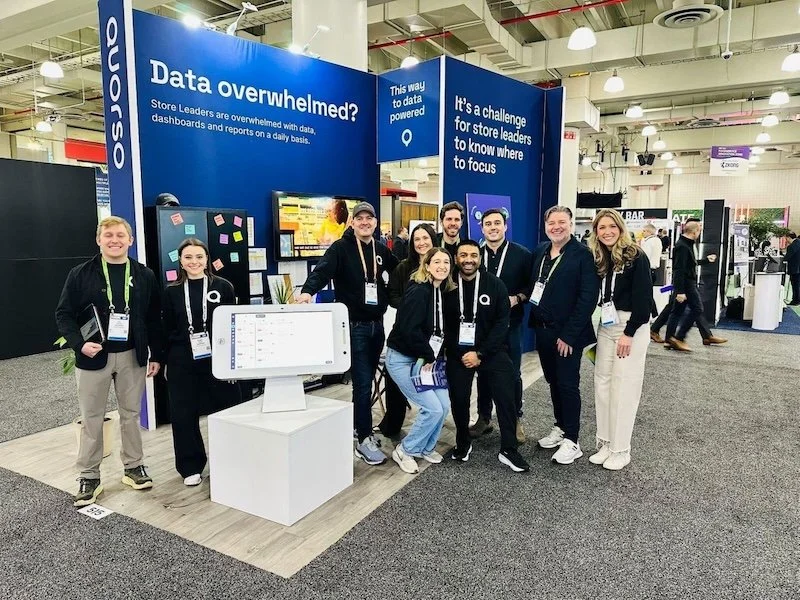
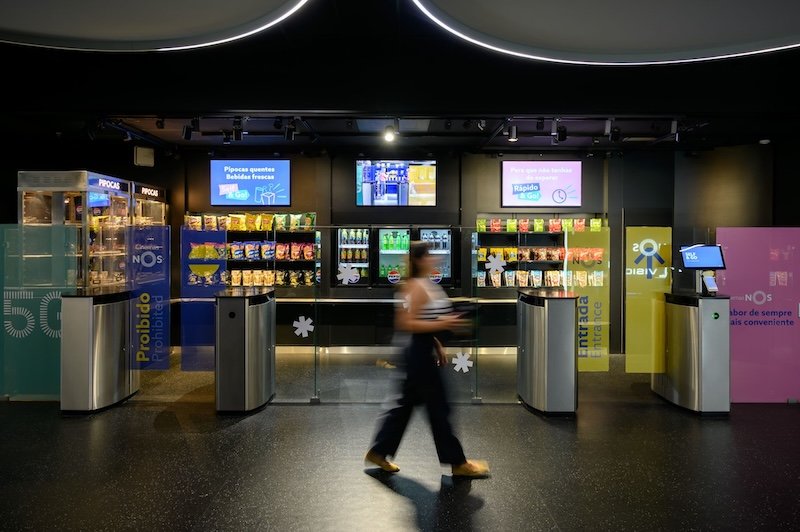
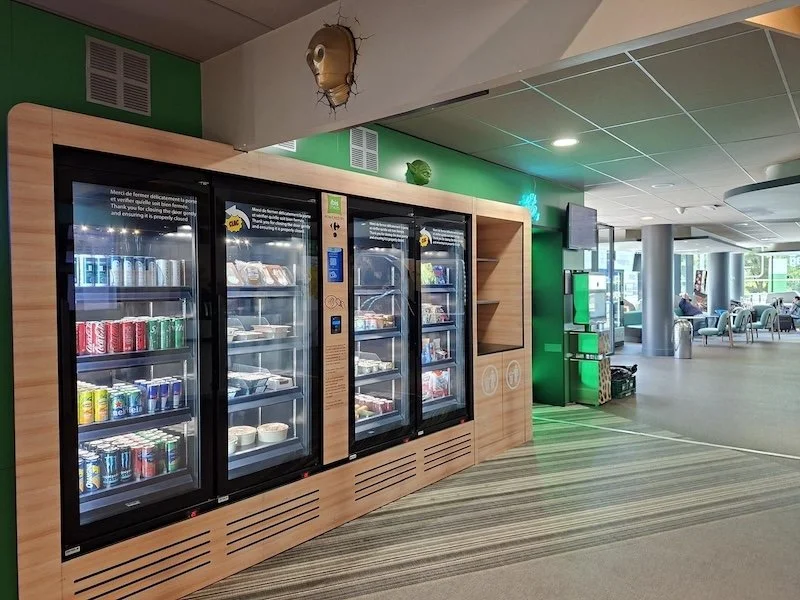


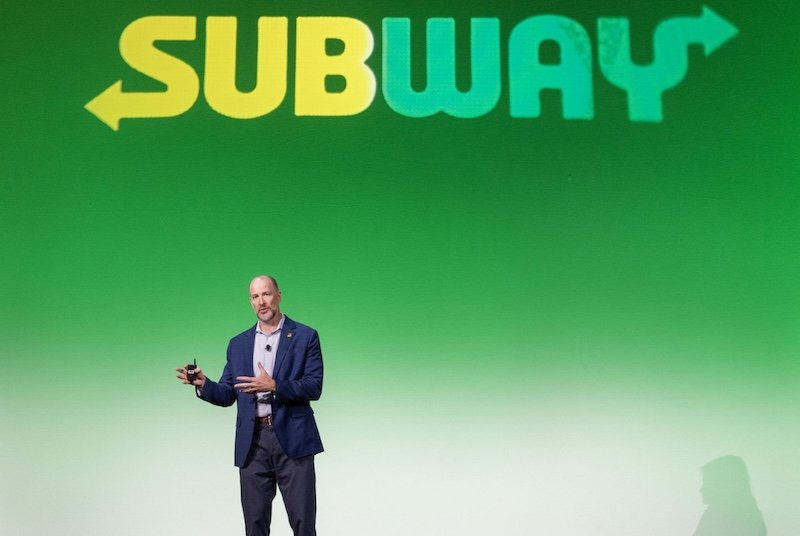
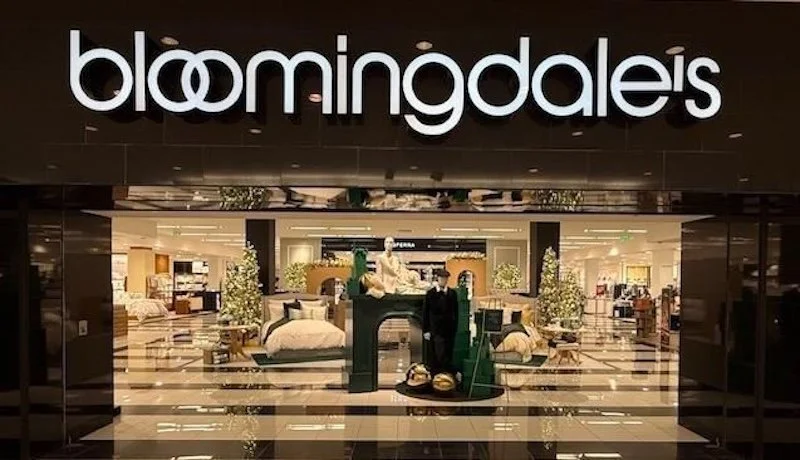
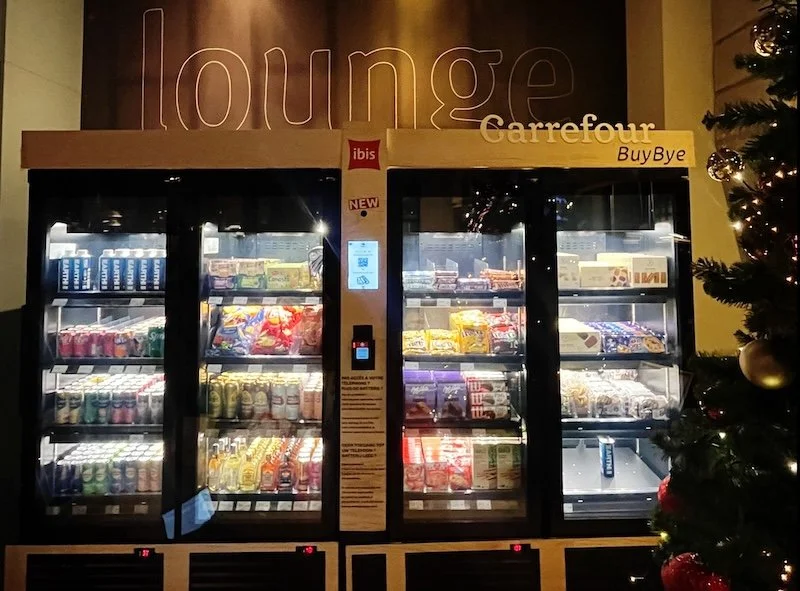






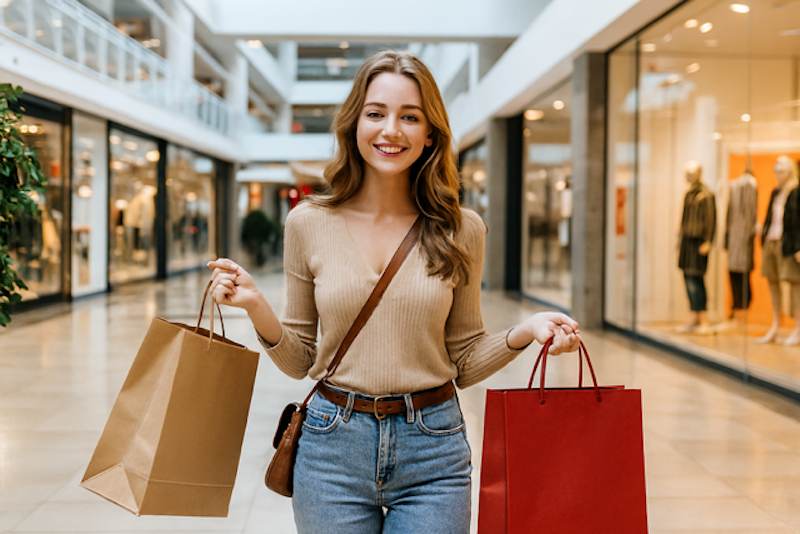












Continue reading…